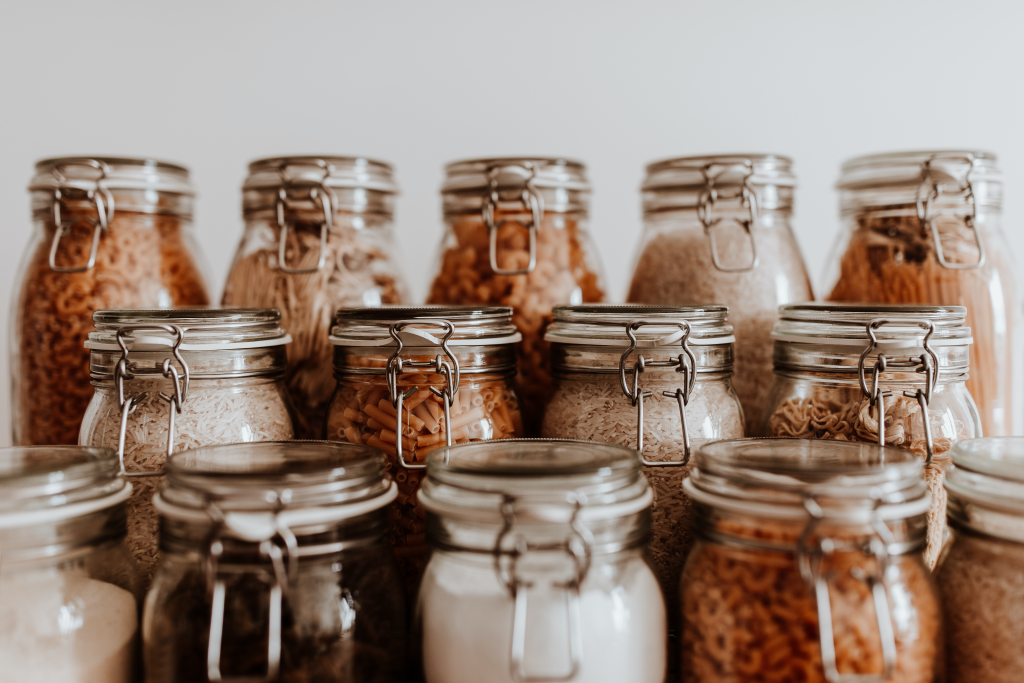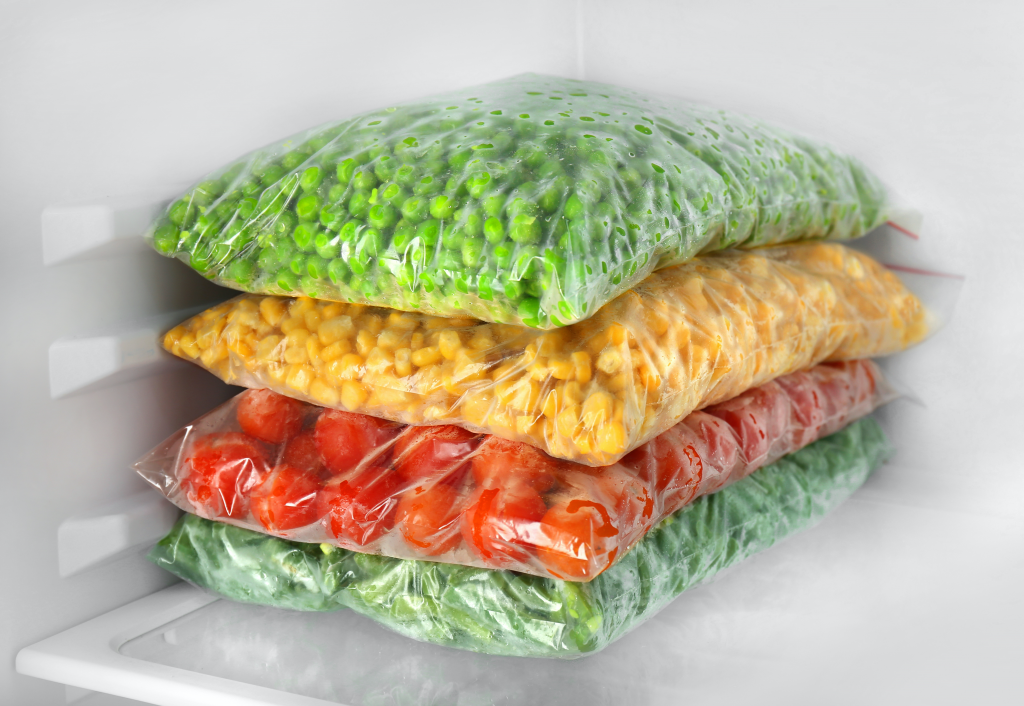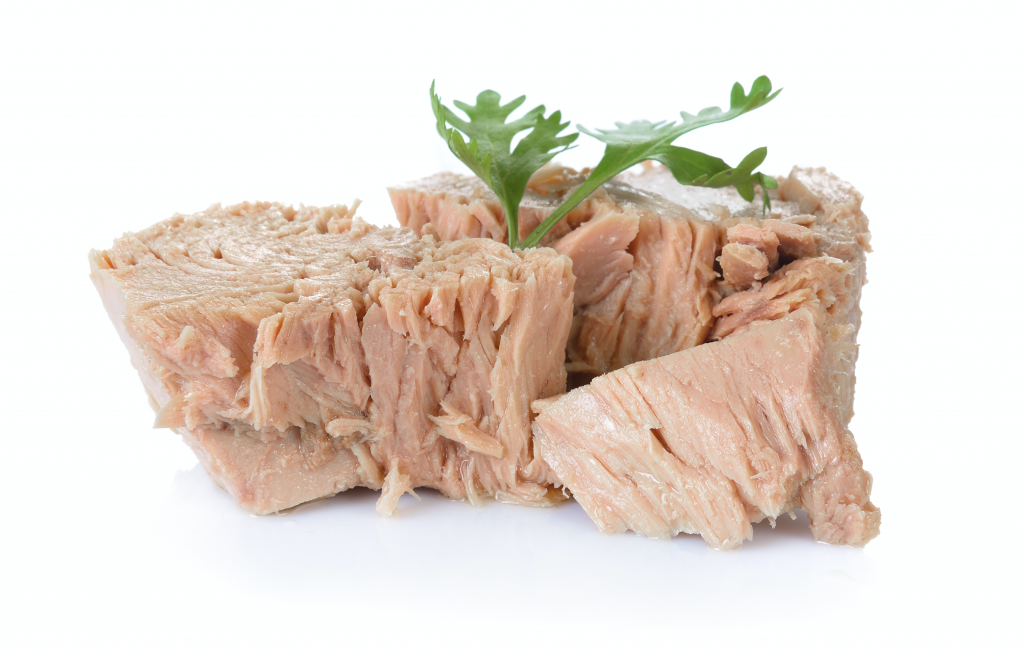
It’s no wonder I’ve been gasping as I see my everyday food items double, even triple, right before my eyes. Food prices have risen to 17%, the highest in the last at least 4 decades, and is showing no sign of letting up. Thankfully, food shopping, if done wisely, is one area we can safely cut back on costs without compromising quality. In this article, I share some of my tips to eating well without breaking the bank, so read on.
1. Plan in advance

Before you head to the store, make a list of the food items you need and stick to it as much as possible. Why? because we often tend to make impulsive choices when we take trips to the supermarket without a solid plan. Planning ahead will help you be intentional with your shopping and minimize unnecessary purchasing decisions that could hurt your pocket.
Part of your planning should also include avoiding shopping trips with an empty stomach, as this is shown to increase your likelihood of spending more on (often unhealthy) food purchases as well as other unrelated items.
2. Enjoy home-cooked meals

As we lead increasingly busier lives, enjoying regular home-cooked meals is not always convenient. However, ordering a takeout is nearly five times more expensive than cooking similar meal at home. So, not only does home-cooking promote a healthy lifestyle, it is also a great way to stretch your money a lot further.
If time is an issue, make your meals in a batch to last you 2-3 days or dedicate a Sunday afternoon to cook and freeze your weekly meals. Cooking at home also comes with leftovers which you can repurpose as work-lunch the next day, saving you time and money.
3. Buy in bulk

We often don’t think about it but when we buy single or small packs of items we’re also paying for packaging and associated costs, as such our spending per unit of item will be higher. That’s why, when possible, buying food items you frequently use in bulk is a great way to lower your food expenses. Bulk-buying your non-perishable (long lasting) food items (pasta, rice, legumes, teas, coffees, and spices) will not only save you a great deal of money but also help you minimise wastage. Having your pantry stocked up also reduces your chances of making frequent trips to the supermarket, which also means you are less likely to impulse-buy.
4. Go for frozen/canned items

Frozen foods are substantially cheaper than buying fresh produce and you are doing your pocket a disservice if you have been avoiding to make that shift. Amongst others, vegetables such as spinach, broccoli, cauliflower, beans, and fruits such as berries, mangoes, and pineapples are perfect to buy frozen for a much cheaper price.
Not only are you saving money by visiting the frozen aisle more often, you are also reducing waste as they can be stored for relatively longer time. There is a general perception that frozen foods are somehow of less quality than their fresh counterparts. This is simply not true. In many cases, whole (not processed) frozen foods may in fact be the healthier option as the harvest to freezing time is almost immediate, keeping the nutrients in frozen foods relatively intact.
5. Choose your proteins wisely

Protein food sources are most probably the most expensive items in your trolley. But you can make quite a saving by swapping to affordable, equally nutritious, alternatives.
Opt for the (lean) minced versions of your chosen proteins, such as ground beef, chicken, and turkey, they are typically cheaper than whole cuts. Also, tinned sea food varieties, including salmon, tuna, mackerel and sardines pack similar nutrition profile as fresh cuts for a much cheaper price tag and ease of use.
Why not go plant-based for some days of the week? Your heart will appreciate the break, not to mention your pocket. Legumes, such as lentils and chickpeas, beans, and meat alternatives like tofu are great, cost-effective, sources of plant protein.
6. Shop in-season

Fruits such as bananas, apples and oranges as well as vegetables such as broccoli, cauliflower and carrots are some of the cheapest fresh produce you could take advantage of all year around. For almost everything else, try and buy in-season items. Because seasonal fruits and vegetables are substantially cheaper, at their peak of freshness and nutrition when they are in season. UK and US residents can refer to seasonal calendars to find out which fruits and vegetables are in season, and include them in their shopping list.
7. Finally, be a savvy shopper
Even though paying a bit higher for a specific food item may not look a big deal, costs do add up in a long run. It is therefore a good idea to get into the habit of running the numbers to see you’ve not missed saving opportunities. Compare prices of your everyday food items in different stores and switch if you notice a price difference. Take advantage of supermarket reward schemes to find the best deals on your frequently bought items. Buying store brand items in place of name-brand items can also save you a lot without compromising on quality. In any case however, remember to read the labels on food packages to ensure you haven’t been short-changed (health wise) for going cheaper.

Hanna Haile is a Registered Associate Nutritionist with specialty in global public health nutrition and health promotion. Hanna is the Founder of Heritage Nutrition and provides culturally-inclusive guidance to people from diverse backgrounds. Her work revolves around helping clients realise their nutritional and health goals through a set of evidence-based dietary and lifestyle strategies. Hanna is also a health & Nutrition writer and Published Author in Journal of World Public Health Nutrition.
Disclaimer: This article is not, nor does it try to be, a substitute to the advice of your medical care. You should follow the treatment and recommendations of your doctor and specific dietician at all times. Please check out our full disclaimer on our website here